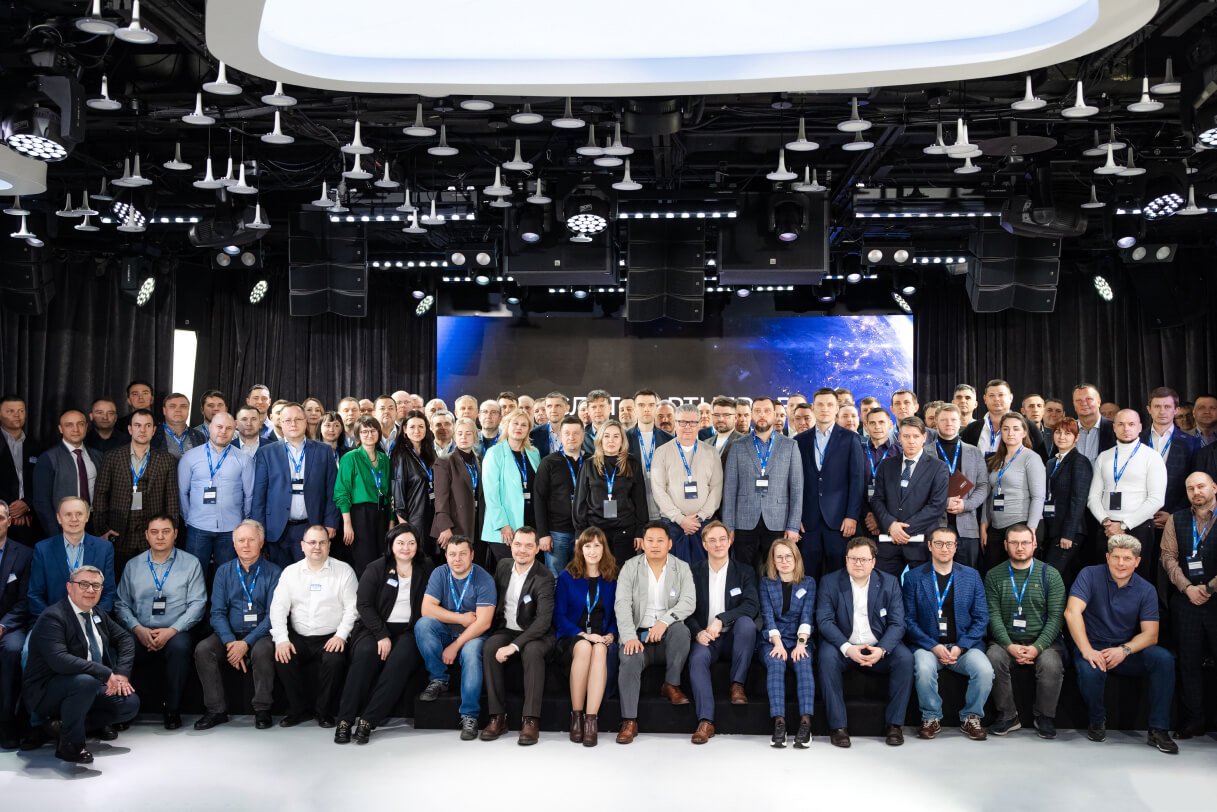The Shift Towards Offline Conferences
The pandemic induced a seismic shift in how conferences were conducted, with many organizations quickly adapting to remote alternatives. However, as the world gradually reopens, professionals are increasingly expressing a desire to return to offline conferences. This resurgence can be attributed to several factors that highlight the limitations of virtual networking and the irreplaceable value of face-to-face interactions.
Firstly, in-person conferences create opportunities for relationship building that remote formats often lack. According to a survey conducted by the Event Marketing Institute, 74% of respondents indicated that they value live interactions for fostering relationships with peers and clients more than online platforms can facilitate. The dynamics of physical presence—body language, eye contact, and the subtleties of conversation—allow for a depth of engagement that virtual meetings struggle to replicate.
Moreover, offline conferences foster spontaneous discussions not typically achievable in online settings. The serendipity of bumping into a colleague or an industry expert during networking breaks can lead to valuable new partnerships and ideas. For instance, a study by the Center for Exhibition Industry Research revealed that 75% of attendees believe that conference networking is more effective in person, further emphasizing its importance in fostering collaborative opportunities.
Additionally, the post-pandemic environment highlights a collective yearning for personal connection. Professionals are increasingly recognizing that their isolation during lockdowns has negatively impacted their mental well-being and creativity. This realization has led to a revitalized enthusiasm for attending events in person, where attendees can share experiences, learn from each other, and discuss industry trends in a more engaging atmosphere.
In conclusion, the shift towards offline conferences signifies a renewed understanding of the importance of in-person interactions in today’s professional landscape. As organizations and attendees recognize the inherent benefits of face-to-face exchanges, offline conferences are poised to reclaim their position as pivotal platforms for networking and collaboration.
Real-World Insights: Learning from Practical Cases
Offline conferences serve as invaluable platforms for sharing practical cases and real-world experiences among professionals across various industries. These events facilitate face-to-face interactions, allowing attendees to engage directly with industry leaders and peers who have navigated similar challenges. The process of exchanging insights through case studies not only enhances knowledge but also fosters a collaborative environment where participants can derive actionable strategies applicable to their own contexts.
During these conferences, attendees often encounter a plethora of case studies that tackle pressing issues within their fields. For instance, a technology conference might highlight a case study on a successful software implementation, showcasing the steps taken to overcome initial obstacles and the measurable outcomes achieved. Similarly, in the healthcare sector, practitioners may share their experiences in managing patient data, outlining the challenges faced and the innovative solutions they employed. Such practical examples are crucial as they provide context, making theoretical concepts more relatable and easier to comprehend.
The emphasis on real-world insights at offline conferences can inspire innovation and the adoption of best practices across disciplines. By learning from the successes and failures of others, attendees can identify effective strategies that have been rigorously tested in real-world scenarios. Furthermore, sharing personal narratives enhances the relatability of the information, making it more likely for peers to implement similar strategies within their own organizations.
In conclusion, the focus on case studies and real-world applications at offline conferences enriches the learning experience. Attendees leave these events equipped not just with knowledge, but with tangible examples and a renewed motivation to address the challenges they face, ultimately leading to advancements within their respective fields.
Networking Opportunities: Building Connections that Matter
Networking at offline conferences has emerged as a pivotal aspect in fostering relationships among professionals. Unlike digital communication, face-to-face interactions create a dynamic environment where attendees can connect more profoundly, share insights, and collaborate on projects. The informal setting of these events often encourages discussions that can lead to meaningful professional relationships. During such gatherings, participants are presented with the unique opportunity to engage with like-minded individuals who share similar interests, enhancing the potential for productive exchanges.
To maximize networking during these conferences, attendees should adopt specific strategies. One effective approach is to prepare ahead of time by identifying key speakers, panelists, or attendees that align with one’s professional goals. Setting objectives for the conference can guide interactions and ensure that participants make the most of the occasion. Additionally, being open to serendipitous encounters can yield unexpected yet valuable connections. Striking up a conversation with someone in line for coffee or during breakout sessions can lead to an exchange of ideas that would not have occurred otherwise.
Moreover, leveraging social media platforms before and after the event can extend networking beyond the physical space of the conference. Engaging with fellow attendees online, sharing valuable content, and following up with connections made during the event can solidify relationships and keep the dialogue ongoing. Importantly, building meaningful connections often leads to new business opportunities or partnerships, as trust and rapport naturally develop through shared experiences.
In conclusion, the role of networking at offline conferences cannot be overstated. These events not only facilitate the exchange of practical case studies and innovations, but they also serve as a crucible for forging connections that can enhance professional growth and lead to lucrative collaborations.
The Future of Conferences: Blending Offline and Online Experiences
The conference landscape has undergone a significant transformation in the wake of the global pandemic. As physical gatherings are increasingly embraced once more, there is a noticeable trend towards creating hybrid events that seamlessly integrate both offline and online experiences. This innovative approach not only caters to the growing preference for in-person interactions but also acknowledges the advantages of virtual participation.
Event organizers are now leveraging advanced technology to enhance the dynamics of in-person gatherings. Live streaming, interactive platforms, and virtual networking tools are becoming a staple at conferences, allowing those unable to attend physically to participate remotely. This evolution facilitates broader outreach, enabling organizations to engage a larger audience, regardless of geographical limitations. By offering recording options and live Q&A sessions, attendees can benefit from insights shared by speakers and experts even after the event concludes.
The hybrid model also presents unique opportunities for practical case exchange, allowing speakers to present their expertise to diverse audiences. Participants are encouraged to share their experiences through various digital channels, helping to foster educational dialogues that might not thrive in a solely offline setting. Furthermore, this blend creates a more inclusive environment, enabling attendees with different backgrounds and experiences to participate actively.
However, the integration of offline and online experiences does bring its own set of challenges. Event organizers must ensure a seamless experience for both in-person and virtual attendees, addressing issues like technology glitches and maintaining engagement throughout the event. Balancing the diverse needs of both groups can require additional resources and meticulous planning.
Overall, the future of conferences appears to be centered around this hybrid approach, merging the tangible benefits of offline interactions with the expansive accessibility of online platforms. This evolution could redefine networking, learning, and practical case sharing in an increasingly connected world.


No responses yet